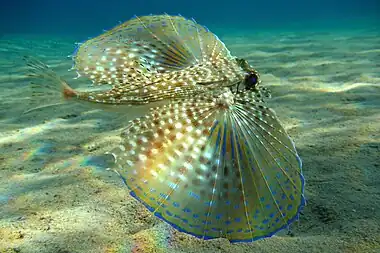The Fish Portal_by_Nick_Hobgood.jpg.webp) Ocellaris clownfish (Amphiprion ocellaris) in Papua New Guinea A fish (pl.: fish or fishes) is an aquatic, craniate, gill-bearing animal that lacks limbs with digits. Included in this definition are the living hagfish, lampreys, and cartilaginous and bony fish as well as various extinct related groups. Approximately 95% of living fish species are ray-finned fish, belonging to the class Actinopterygii, with around 99% of those being teleosts. Fish are abundant in most bodies of water. They can be found in nearly all aquatic environments, from high mountain streams (e.g., char and gudgeon) to the abyssal and even hadal depths of the deepest oceans (e.g., cusk-eels and snailfish), although no species has yet been documented in the deepest 25% of the ocean. With 34,300 described species, fish exhibit greater species diversity than any other group of vertebrates. Fish are an important resource for humans worldwide, especially as food. Commercial and subsistence fishers hunt fish in wild fisheries or farm them in ponds or in cages in the ocean (in aquaculture). They are also caught by recreational fishers, kept as pets, raised by fishkeepers, and exhibited in public aquaria. Fish have had a role in culture through the ages, serving as deities, religious symbols, and as the subjects of art, books and movies. (Full article...) Selected article –Selected fish – The Cape Fear shiner (Notropis mekistocholas) is a North American species of freshwater fish in the family Cyprinidae. It is endemic to the central part of the state of North Carolina in the southeastern United States, and is only found in the shallow streams of the Cape Fear River basin. The fish is small and yellow with black lips and a black stripe that runs down the middle of the fish's side. This shiner is normally found in mixed schools with other minnow species. It is unique amongst its genus because it has elongated intestines that are specifically adapted to a primarily herbivorous diet. It can breed twice a year and normally lives for only two or three years in the wild. The males and females are normally similar in appearance but become different colors in the spawning season. This species of shiner was not discovered until 1962. As of 2013, the shiner is endangered, according to the International Union for Conservation of Nature, due to its small population size and threats to its habitat from dam construction and pollution. It was previously listed as critically endangered by the IUCN in 1996. The species has since undergone a successful captive breeding program, and its status has been a significant factor in the destruction of a dam that destroyed part of the shiner's habitat. However, the species is still limited to just five populations in the wild, and some experts believe that a single toxic chemical spill into the Cape Fear River could wipe out the entire wild population. (Full article...)Did you know (auto-generated) -
General images -The following are images from various fish-related articles on Wikipedia.
Selected imagesSelected quote"Fish and guests in three days are stale." ---John Lyly List articles
For more lists, see Category:Lists of fishes TopicsCategoriesCategory puzzle Select [►] to view subcategories
Fish Fish by adaptation Fish by habitat Fish by location Fish by year of formal description Fish and humans Fish anatomy Fish common names Fish conservation Fish cell lines Fish redirects Fish health Lists of fishes Fish migrations Fish physiology Fish reproduction Fish taxa Fish stubs Things you can do
Related portalsThe Fish Portal: Mini EditionThe Mini Edition of the Fish Portal is available for you to use on your wikipedia user page or talk page. It uses minimum space but retains many crucial features of the portal. To use it, place {{Portal:Fish/Mini portal}} on the designated page. See here for an example of the mini portal on a user page. WikiProjectsWikiProject Fishes
WikiProject Aquarium Fishes
WikiProject Sharks
WikiProject Fishing
|


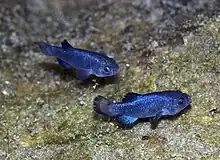



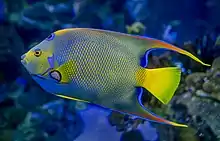


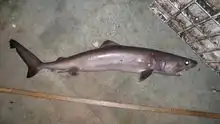









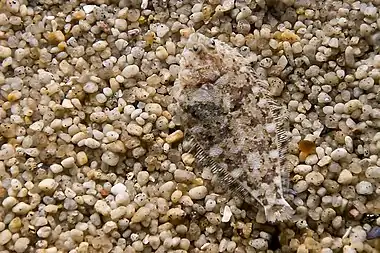

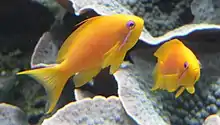




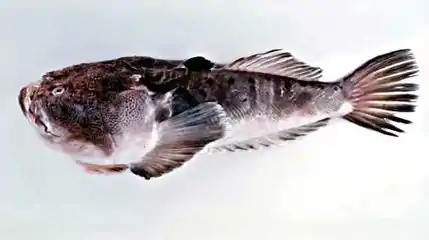


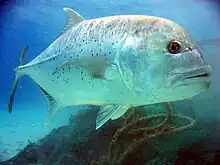
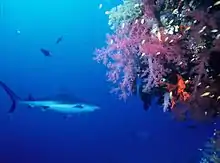
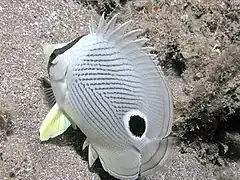





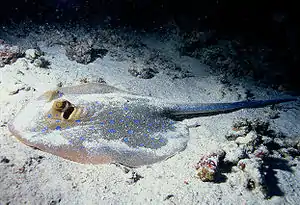
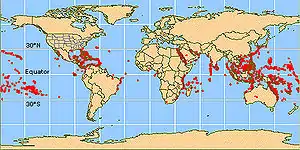



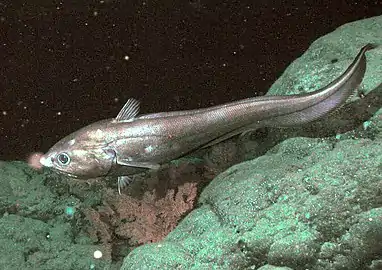



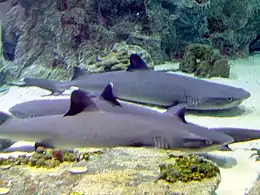








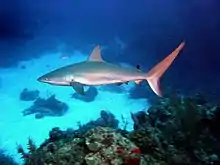

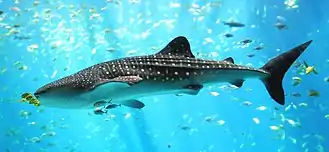
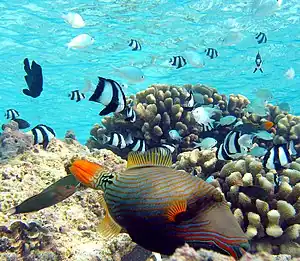
.gif)



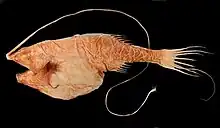

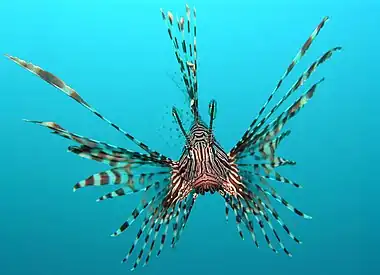

.jpg.webp)




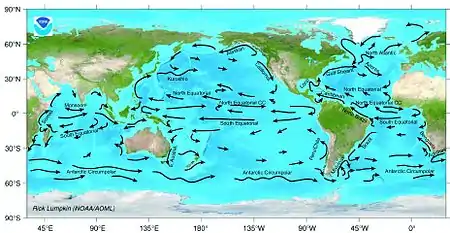

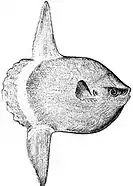
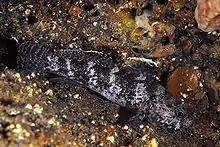

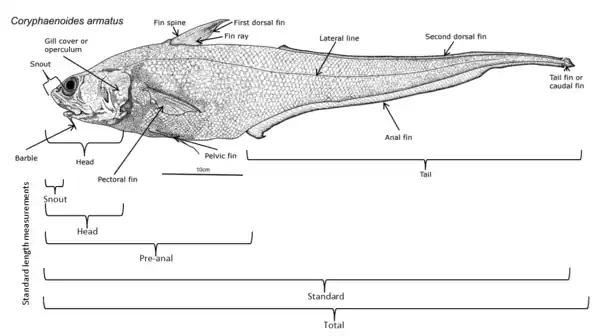

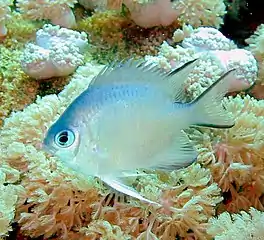


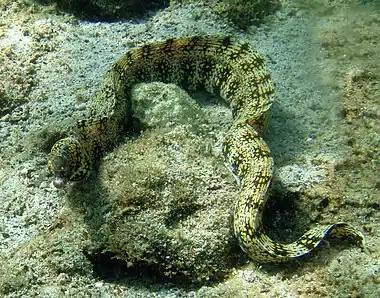

.jpg.webp)





_(14419490013).jpg.webp)
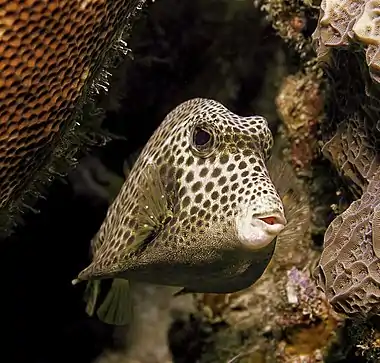

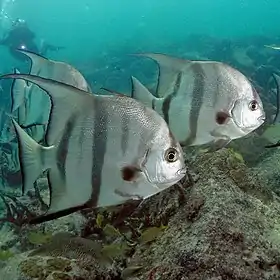
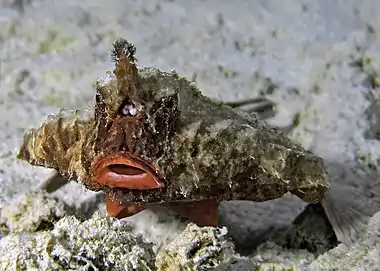
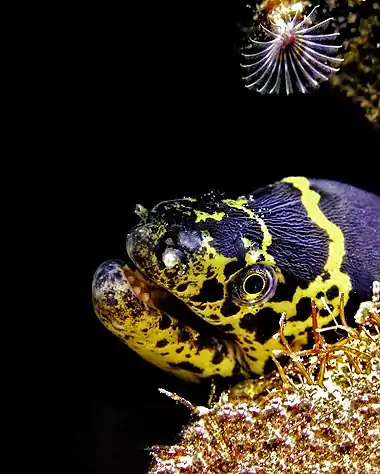

.jpg.webp)
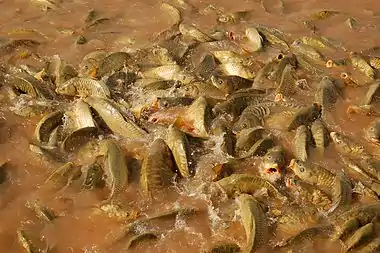
_edit.jpg.webp)

